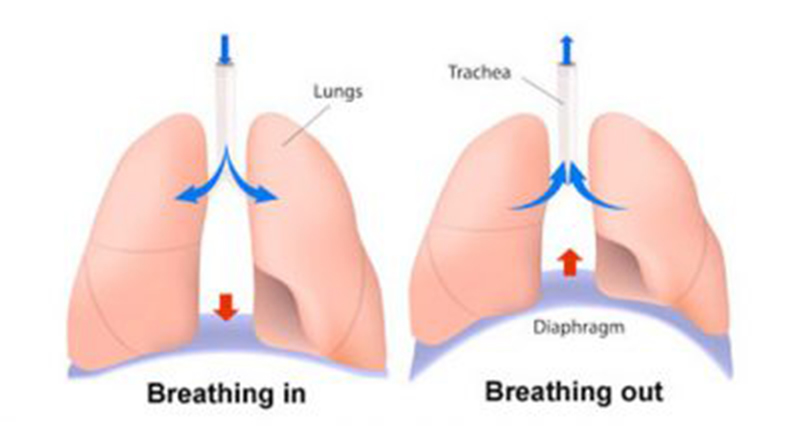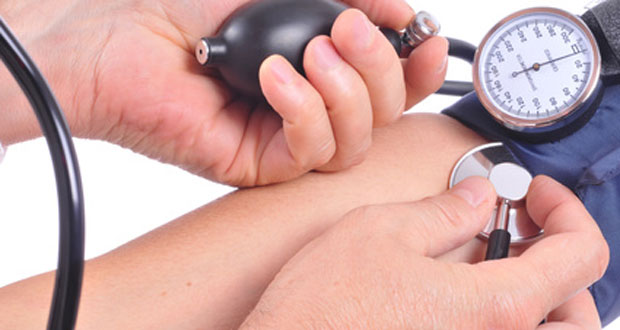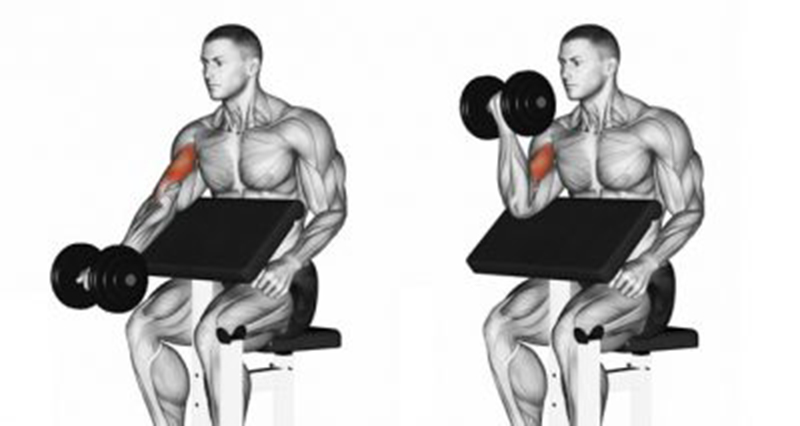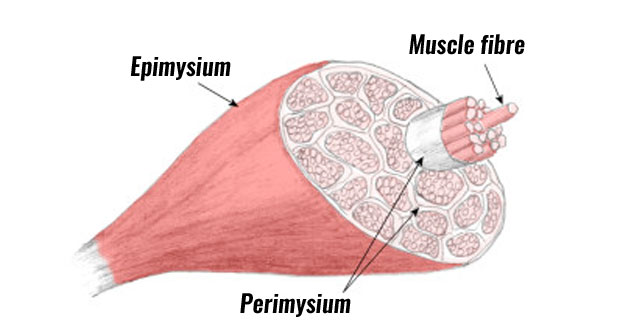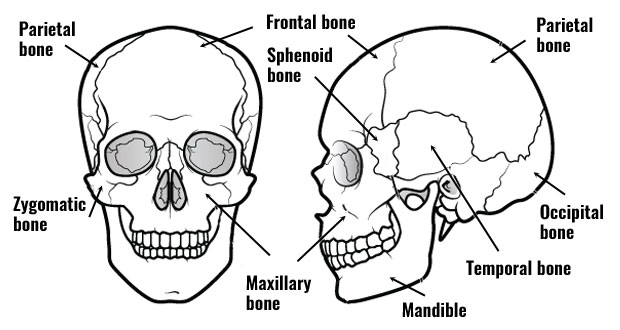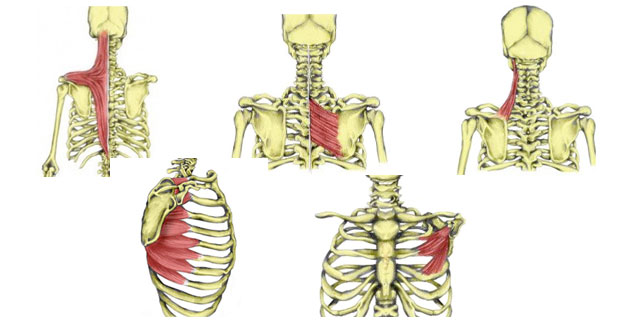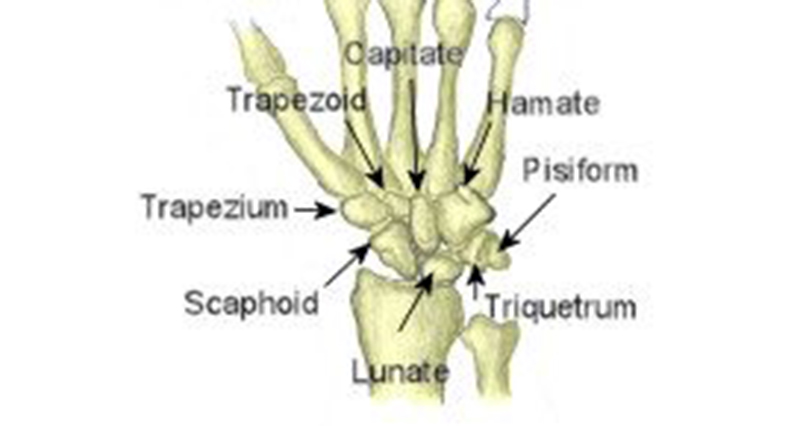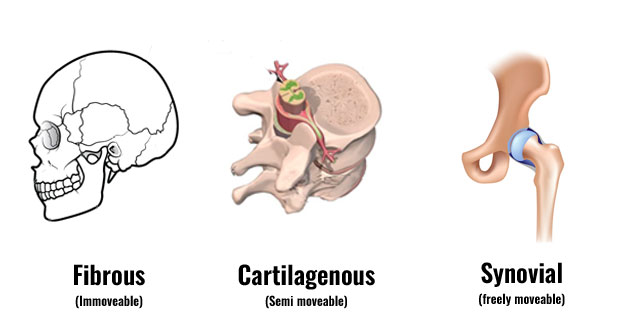Mechanics & Mechanism Of Breathing
The action of breathing in and out is due to changes in pressure within the chest (thorax). This action is also known as external respiration and is created by the muscles of the chest and the diaphragm changing the size of the chest cavity (and air pressure). Here we explain the mechanics of breathing and […]
Mechanics & Mechanism Of Breathing Read More »

